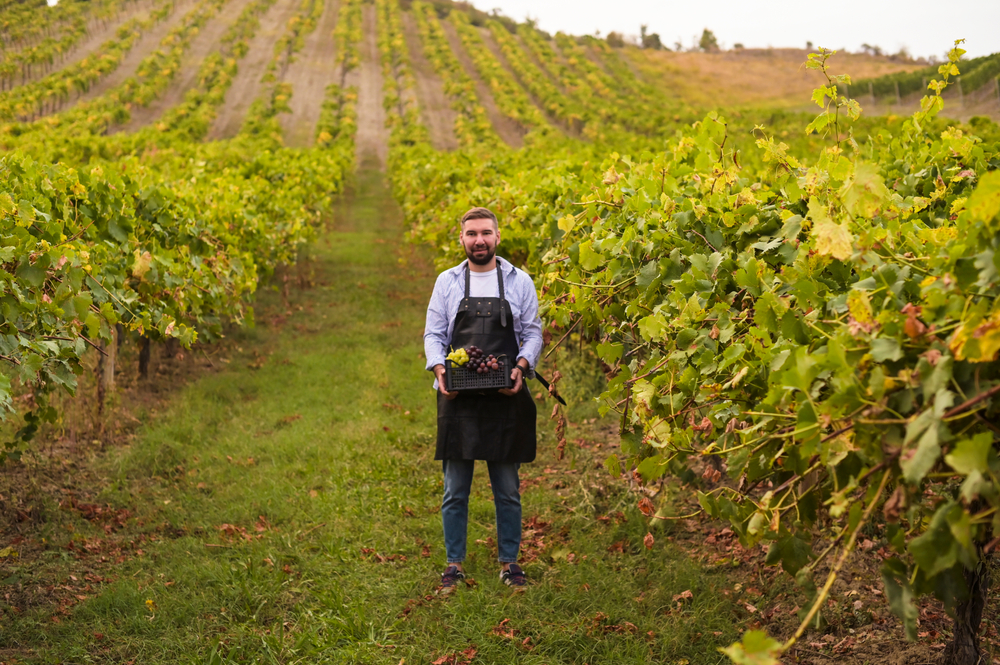Each of these job titles has a corresponding job code that is based on the national occupation classification (NOC) 2016. The NOC is a Canadian system designed to categorize jobs. Most of these codes where revised in 2021 to be more specific. A good example is the code 8431 which represented the General Farm Workers. It was broken down into
84120: specialized livestock workers and farm machinery operators
85100: livestock laborers
85101: harvesting laborers
Most LMIA jobs were in farming, construction, transport, logistics, administration and food service. In the year 2023 alone, the Canadian government issued over 60,000 work permits under LMIAs to support foreign workers.
Most work permits in Canada are delivered through different work streams of the Temporary Foreign Worker Program which also happens to be the main way foreign workers get LMIA-supported work permit. The Temporary Foreign Worker Program has different requirements based on the job, industry and wages each worker gets.

In 2023, the job with the highest number of LMIAs was the primary agriculture stream. One LMIA was a member of the Global Talent Stream while four were absorbed into the high wage stream. In contrast, four other foreign workers were put under the low wage jobs stream. It is important to understand that the better your qualifications and experience, the higher you can expect your wages to be. If you are curious to see how job codes changed from 2016 to 2021 visit the IRCC’s NOC conversion table.






